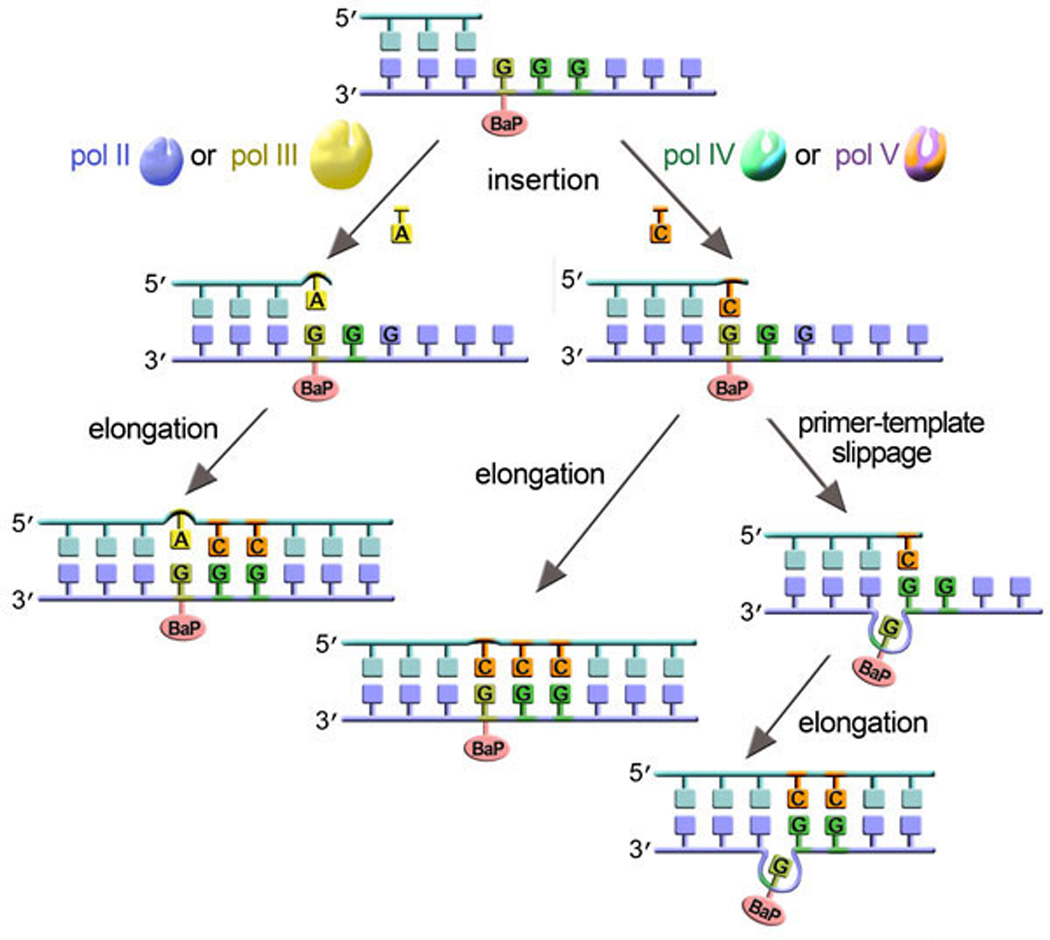Figure 7. Mutliple TLS polymerases work together to promote BaP lesion bypass.

Different DNA polymerases may be involved in TLS of benzo[a]pyrene (BaP) adducts depending on the sequence context surrounding the damaged site, conformation of the adduct and identity of the damaged template base (A vs G) (129, 162, 207, 208, 264). For example, in SOS-induced cells both error-free and −1 frameshift TLS of BaP located within a short run of Gs has been shown to depend largely on pol V and pol IV (108, 134). In this case, bypass is initiated from the correct incorporation of C opposite the dG-BaP. This intermediate product could either be elongated in an error-free manner, or adopt a slipped conformation, elongation of which would result in −1 frameshift mutation. The SOS independent G to T base substitution pathway consists of misincorporation of a dA opposite the dG-BaP and elongation of an A-lesion terminus with both steps likely to be carried out by pol III and/or pol II (162, 208).
